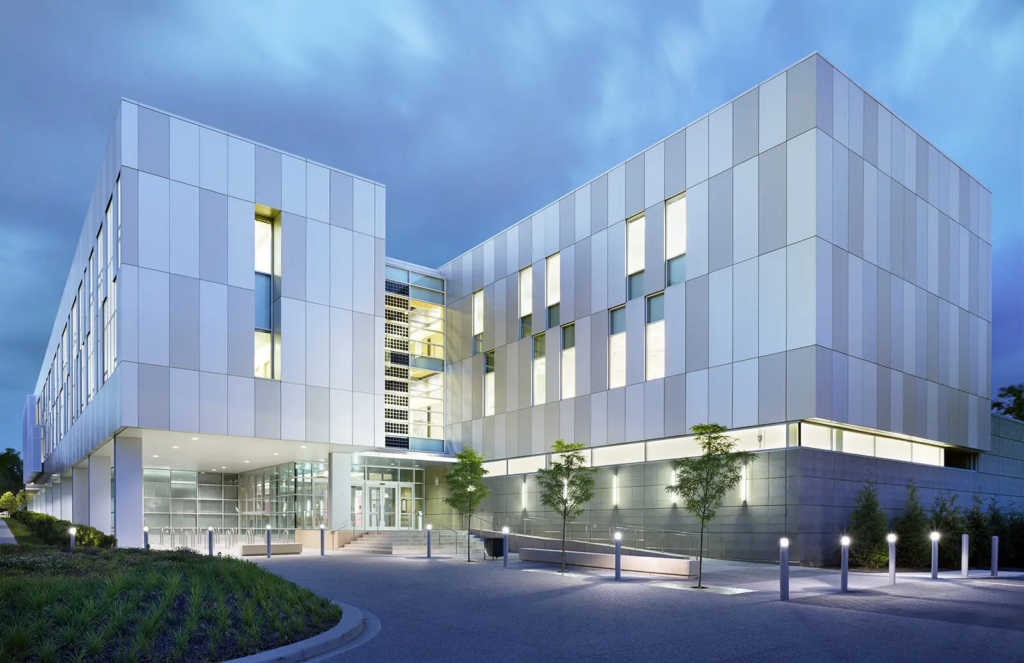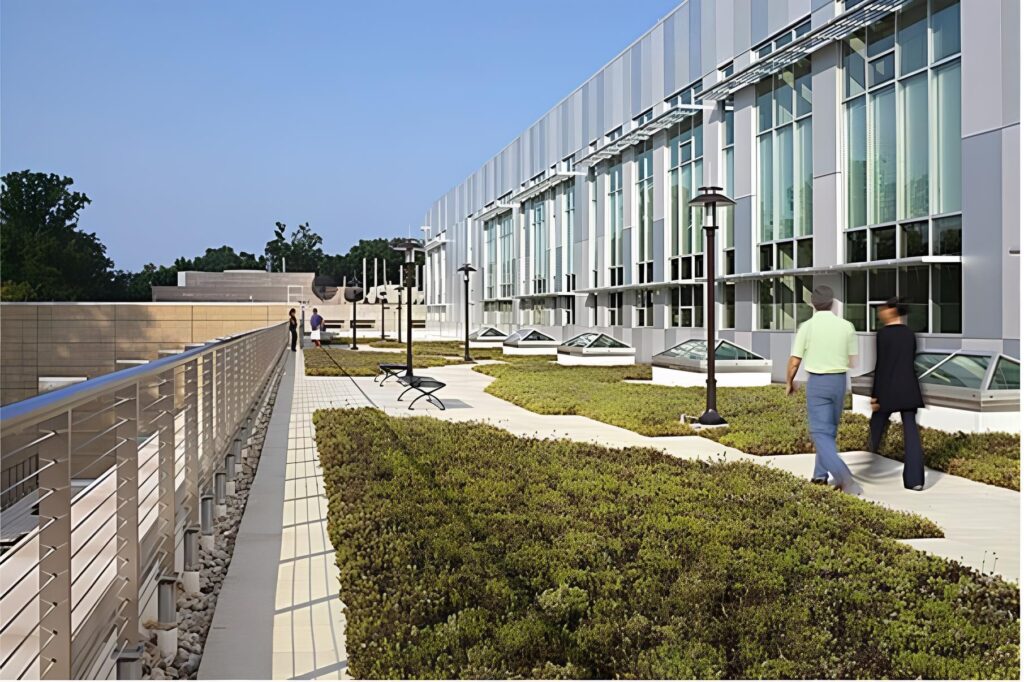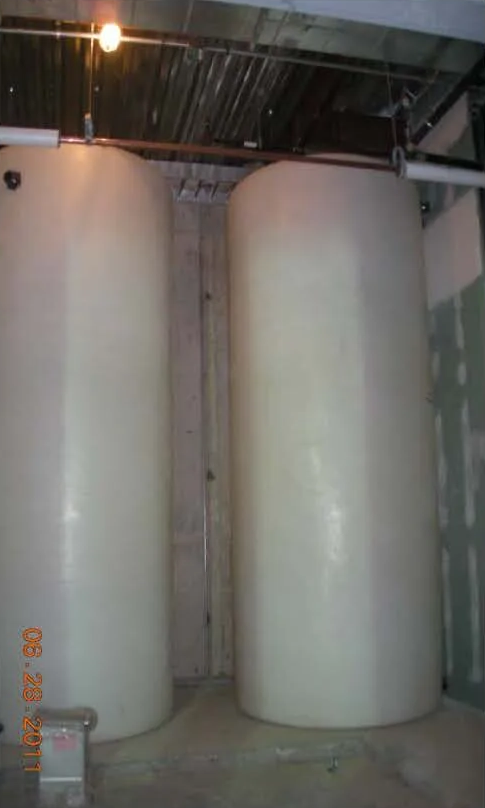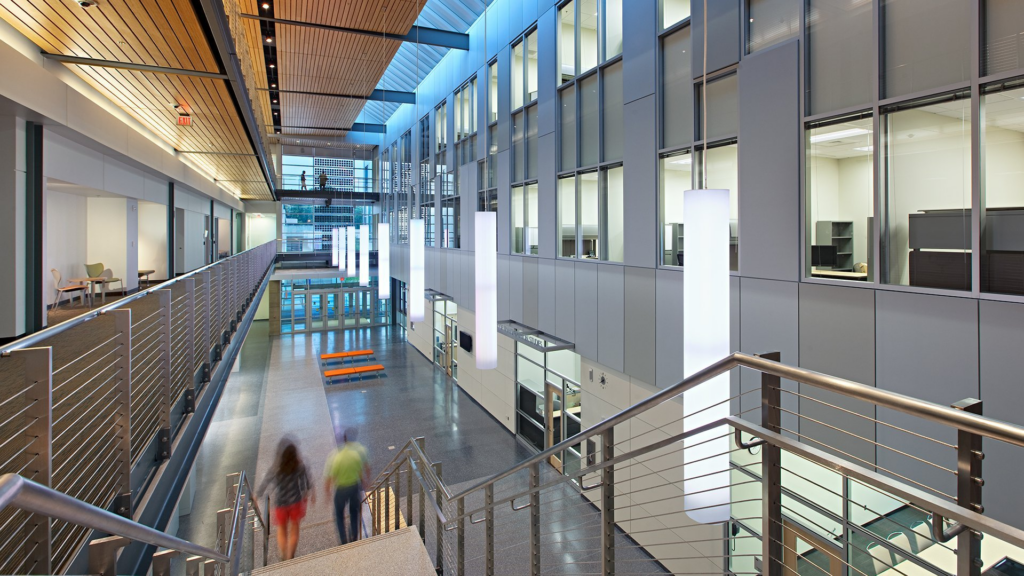Morgan State University (MSU) was chosen to participate in a technical assistance program based on our prior engagement in green infrastructure projects. We were asked by the United States Environmental Protection Agency (EPA), under their Clean Water Rural, Small, and Tribal Technical Assistance Grant Program, to develop a blog series showcasing the green infrastructure of our growing campus. MSU has one building in particular called the Center for the Built Environment and Infrastructure Studies (CBEIS), designed to serve as a hub for green infrastructure initiatives. CBEIS has more than 6 different types of green infrastructure systems located around the building including green roofs, reinforced turf, permeable pavement, and more.

In the world of sustainable architecture and construction, achieving a Gold level certification for Leadership in Energy and Environmental Design (LEED) from the U.S. Green Building Council (USGBC) is an incredible accomplishment. It speaks volumes of our building’s commitment to environmentally mindful use of resources, reduced carbon footprint, and overall positive impact on both the environment and the community.
Green Design Showcase: BMPs
Best Management Practices (BMPs), make up the most visible green practices throughout our campus. Improving water quality and quantity, our BMPs capture and filter pollutants before they reach waterways, and mitigate flood risks. However, we found it pertinent to highlight some of our larger installations that have multiple benefits to show the versatility of green design.
The CEBIS green roof, one of our more famous features, offers an eco-friendly alternative to traditional urban development. With layers of vegetation, growing medium, and drainage systems, the primary function of a green roof is to mitigate the effects of urban heat islands and reduce energy consumption. By covering the roof with vegetation, green roofs absorb solar radiation and provide natural insulation, reducing the need for heating and cooling. Of the two major roof types, intensive and extensive, our extensive roof system features a thinner soil layer primarily composed of resilient, drought-tolerant plants. Additionally, green roofs capture rainwater, which is absorbed by the vegetation and soil, reducing the volume of runoff entering drainage systems.

A dry pond, also known as a detention basin, is a stormwater management facility designed to temporarily capture and store excess runoff during periods of heavy rainfall. Unlike traditional basins, these ponds only fill with water during storm events. Their primary function is to attenuate peak flows and reduce the volume of stormwater runoff entering downstream drainage systems. Strategically located within a watershed, they intercept runoff from impervious surfaces such as roads, parking lots, and rooftops. During a storm event, runoff is directed into the dry pond via inlet structures or conveyance channels. Once the storm has passed and the peak flow has diminished, the stored water gradually drains from the pond either through outlet structures or infiltration into the surrounding and underlying soil. As the water level recedes, any captured pollutants and sediment remain trapped in the pond, helping to improve water quality. The pond’s storage capacity is designed to accommodate the volume of runoff expected during a typical storm event, preventing flooding downstream. Morgan State’s version is no different, hidden behind the CEBIS parking lot to protect the forested areas sloped just below. Without the pond, not only would the parking deck fear erosion but the section of the Herring Run behind it would be in danger of washing out over time. The stormwater management system incorporates stormwater inlets placed in the parking lot to collect rainwater. These inlets channel the collected rainwater into underground pipes that efficiently direct the flow toward the dry pond.

Green Design Showcase: Water Recycling System
At its core, a water recycling system is engineered to capture, treat, and repurpose water for non-potable uses within a building. The advanced water recycling treatment utilizes chemical and biological systems, ensuring that recycled water meets quality standards. At CBEIS two 2,000-gallon cisterns were installed to collect rainwater from the roof, providing students with a firsthand view of the rain harvesting process. Additionally, equipment for treating and filtering the water is strategically positioned to demonstrate how the treated water is conveyed to restrooms for flushing, with overflow directed to bioretention areas. This innovative water management system not only conserves precious resources but also educates occupants on sustainable water practices. By showcasing the journey from raindrop to reuse, the CEBIS building fosters a culture of environmental stewardship and responsible resource utilization among its visitors.

Green Design Showcase: Solar & Lighting System
When the CEBIS building was featured in Architect Magazine, they were impressed by the multiple solar systems integrated into the lighting and heating. “To help illustrate the dynamic and integrated nature of the building systems, atrium displays graphically monitor performance relative to climatic and occupancy variances”, they explain. An array of these photovoltaic window panes are proudly displayed across the front of the building, but unseen by most is the larger set of solar panels that resides on the roof. These solar solutions not only reduce the building’s carbon footprint but also exemplify its commitment to sustainable practices. Through innovative design and technology, the CEBIS building sets a new standard for environmentally conscious architecture, showcasing the power of renewable energy integration.

Morgan State University emerges as a pioneering force in sustainable development, epitomizing a holistic approach to environmental stewardship. Through initiatives like CEBIS, equipped with an array of green infrastructure systems, the university showcases its dedication to eco-conscious construction. We hope to cultivate a culture of environmental education and awareness.

